Inbox and Environment News: Issue 450
May 17 - 23, 2020: Issue 450
Shellebrate World Turtle Day On May 23, 2020
- plastic bags and other waste, which the turtles mistake for jellyfish
- cigarette butts
- fishing lines and hooks
- boat and propeller collisions
- entanglement and drowning in nets, ropes, floats or traps
- habitat destruction, poor water quality and seagrass depletion
- deliberate acts of cruelty
- disease.
- appropriately dispose of your rubbish
- collect litter on or near the waterways
- when boating, travel slowly over seagrass beds
- report people engaging in illegal netting or trapping
- help in coastal health projects (e.g. seagrass monitoring)
- join your local animal rescue and care group
- report sick or injured turtles to your local NPWS office.
- Everyone can join the party at home. ATR created a World Turtle Day Party Pack that can be accessed for free here http://bit.ly/1YwebJR
- ''Like'' the World Turtle Day page on Facebook and Instagram to join thousands of fans who are posting shellfies, videos and photos in honour of World Turtle Day.
- Follow @WorldTurtleDay on Twitter. Every year, thousands of people help the day trend on twitter by tweeting #worldturtleday to spread the good word about turtles.
- Pick up any plastic, fishing lines or hooks you see discarded.
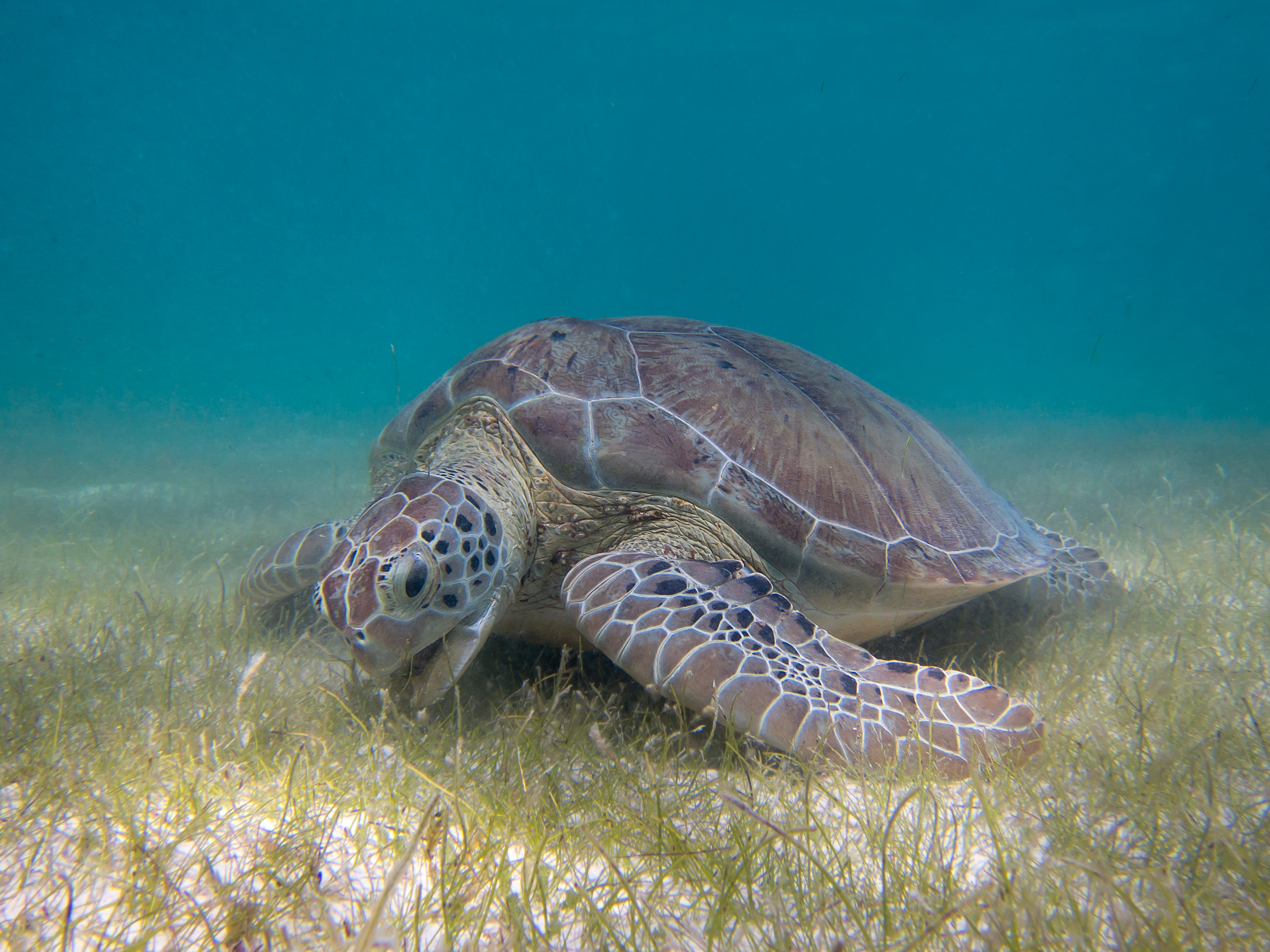
Reconophalt Trial At Elanora Heights And Belrose
- developing performance-based specifications to allow producers more flexibility to innovate - in return, they are required to provide performance guarantees regarding their products
- nationally monitoring, assessing and sharing results of road trials conducted in Australia and New Zealand
- more research into the viability of using recycled plastics in sprayed seals.
Echidna Season
Echidna season has begun. As cooler days approach, our beautiful echidnas are more active during the days as they come out to forage for food and find a mate. This sadly results in a HIGH number of vehicle hits.
What to do if you find an Echidna on the road?
- Safely remove the Echidna off the road (providing its safe to do so).
- Call Sydney Wildlife or WIRES
- Search the surrounding area for a puggle (baby echidna). The impact from a vehicle incident can cause a puggle to roll long distances from mum, so please search for these babies, they can look like a pinky-grey clump of clay
What to do if you find an echidna in your yard?
- Leave the Echidna alone, remove the threat (usually a family pet) and let the Echidna move away in it's own time. It will move along when it doesn't feel threatened.
If you find an injured echidna or one in an undesirable location, please call Sydney Wildlife on 9413 4300 for advice.
www.sydneywildlife.org.au
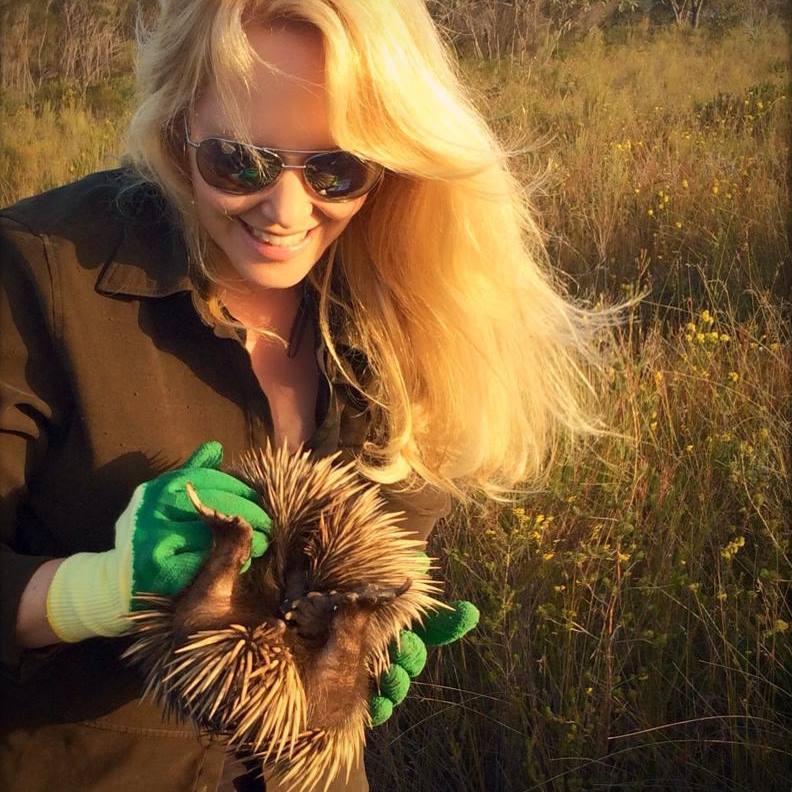
Lynleigh Greig, Sydney Wildlife, with a rescued echidna being returned to its home
Ecological Devastation Begins In Numbucca State Forest
May 14, 2020
Conservation groups and the Gumbaynggirr traditional custodians have called on the government to order the Forestry Corporation to not log Nambucca State Forest, one of the last areas of unburnt forests on the state's north coast.
Forestry Corporation has announced it will start logging today, despite repeated calls by conservation and Indigenous groups to halt logging in areas hit by the bushfires.
"Logging these forests after so many were devastated in the summer bushfires is morally indefensible," NCC Chief Executive Chris Gambian said.
"Over 50% of state forests on the north coast burned and more than 5000 koalas perished, so we should stop logging until koala populations and their forests have had a chance to rebound."
Forestry Corporation, the NSW Government's timber company, intends to log 109 hectares of the small 312 hectares of prime wildlife habitat on the doorstep of the township of Nambucca Heads.
“Trees that are habitat for a wide range of native animals, including the greater glider, sooty owl and koalas, will be cut down to make telegraph poles, pool decking and pallets,” Mr Gambian said.
"We are driving our forest wildlife to extinction to make products that will end up in landfill or rot in people's backyards. This is a disgraceful waste and must be stopped.
"Nambucca State Forest is the third unburnt forest on the north coast that has been logged since the fires.
"The NSW Government continued to log Styx River State Forests even as the fires raged.
"When the government finished razing the Styx, it sent its chainsaws and bulldozers into the koala habitat of Lower Bucca State Forest near Coffs Harbour.
“Logging has been going on there now for several weeks.
"At a time when koalas and forests desperately need a break, the NSW Government has massively increased logging intensity in unburnt forests, but it does not need to.
“The government could simply tell big resource companies our forests are closed until further notice.
“Based on Forestry Corporation figures, we estimate logging intensity on the north coast has increased 200% since the fires.
“This is happening at a time when it should have ceased operations to allow for a full ecological impact assessment and time for the forests to recover."
Dob In A Dodgy Dumper
Marine Estate Management Strategy Progress Report
Great Little Penguin Race - Phillip Island Nature Parks
One Cat, One Year, 110 Native Animals: Lock Up Your Pet, It’s A Killing Machine
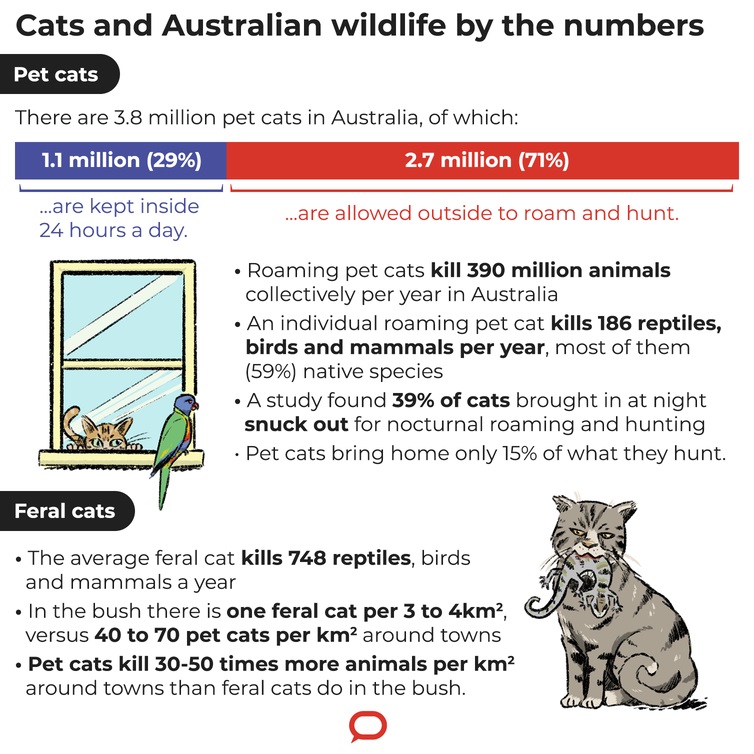
$150 Million Funding Boost For Bushfire Affected Wildlife And Plants
- $110 million will be directed to strategic on-ground support for the most impacted native species in vulnerable bushfire-affected regions. These actions will focus on preventing extinction and limiting species decline, including interventions such as feral animal and weed control, revegetation and regeneration, protection of refuges and landscape management delivering umbrella benefits for plants and animals.
- $12 million will be made available for projects to engage local communities in conserving their local environment and driving recovery and to support knowledge exchange on Indigenous cultural burning and land management.
- $28 million will resource further scientific assessment and planning coordination for our most at-risk species under Australia’s environmental law, ensuring we are well placed to understand the actions needed to recover these species, and support the Expert Panel and Department in their critical advisory and implementation roles.
Planting Biomass Crops For Bioenergy At Tamworth
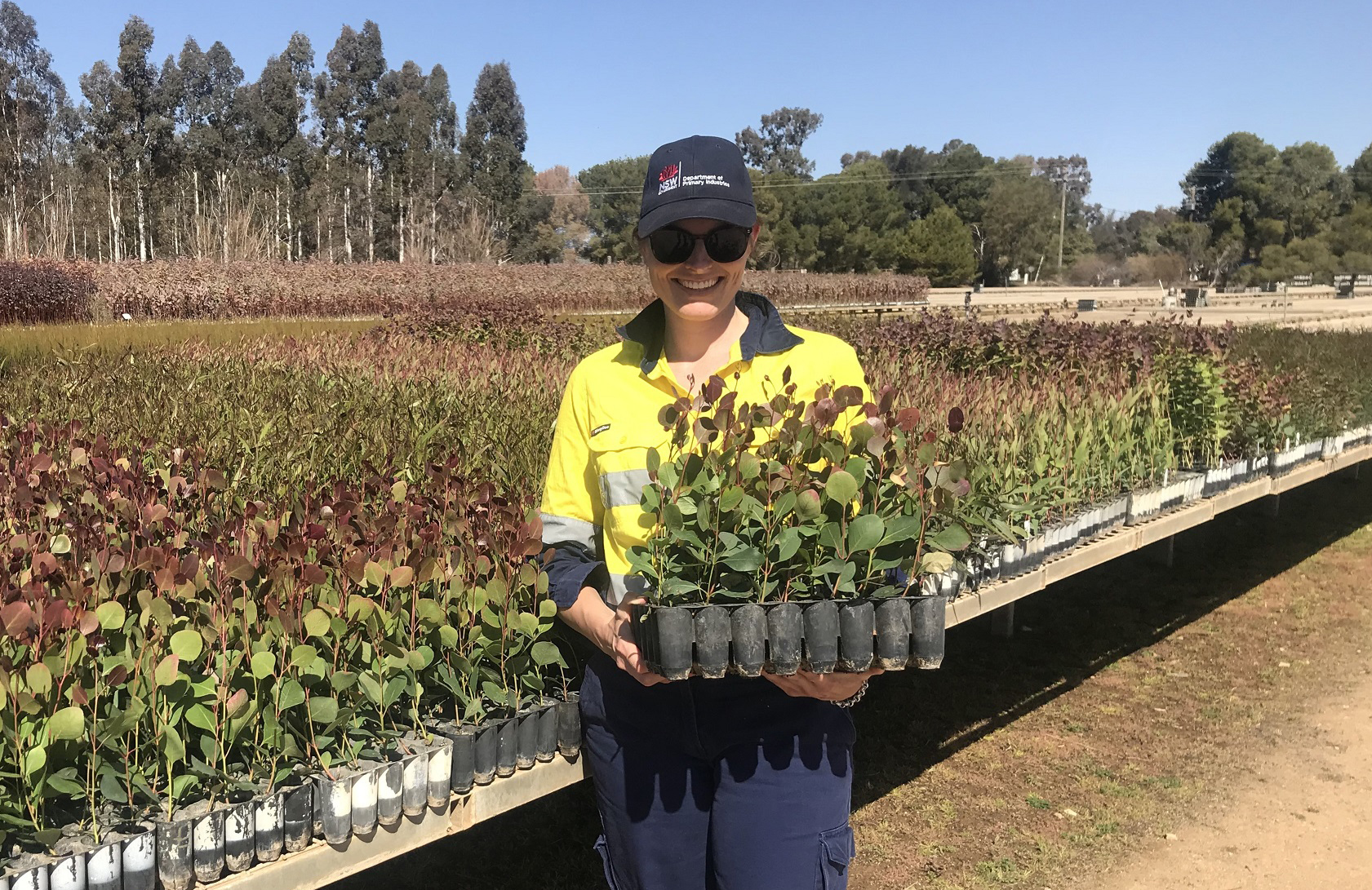
Scientists Successfully Develop Heat Resistant Coral To Fight Bleaching
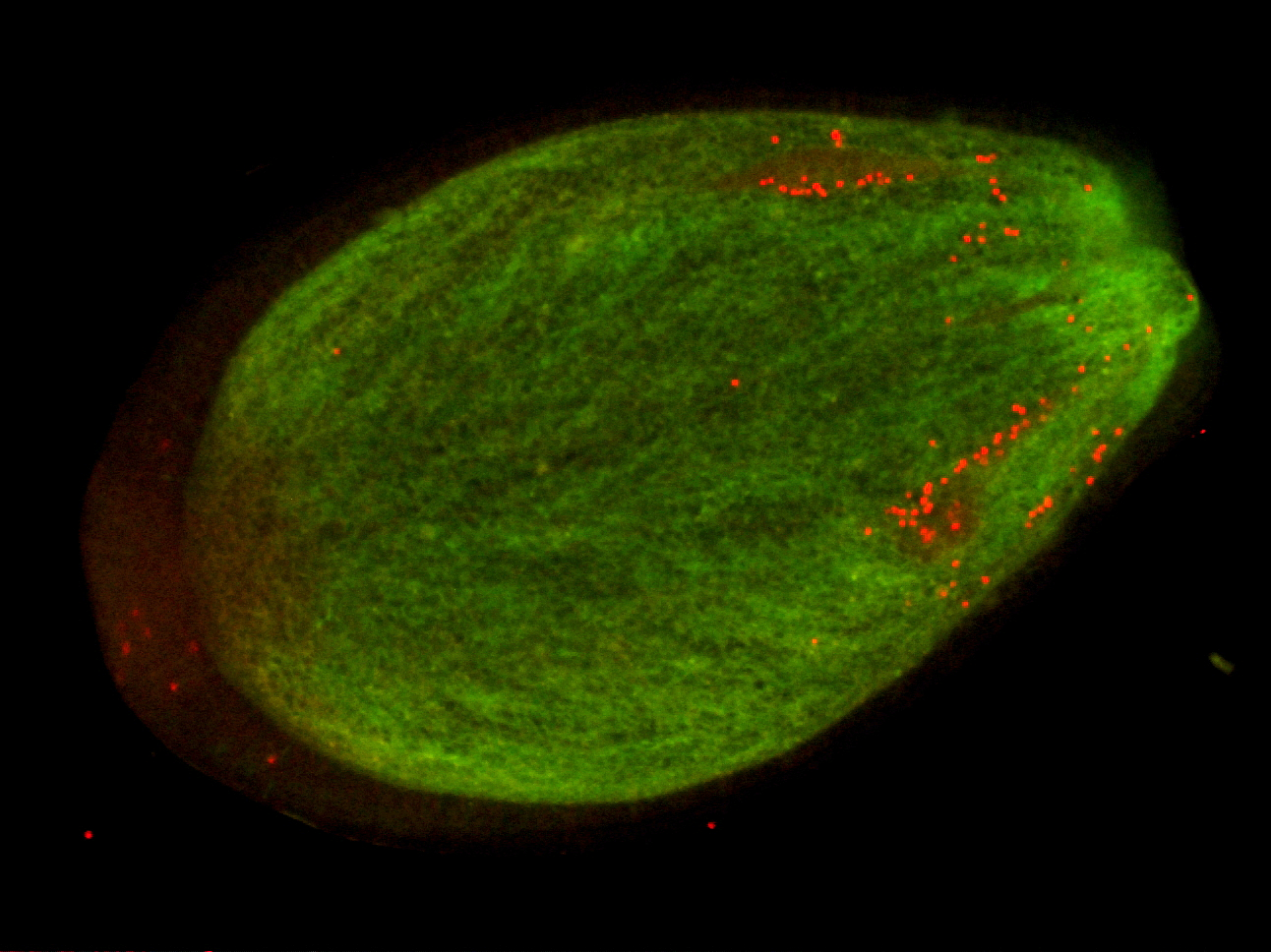
Australia listened to the science on coronavirus. Imagine if we did the same for coal mining

Australia’s relative success in stopping the spread of COVID-19 is largely due governments taking expert advice on a complex problem. Unfortunately, the same cannot be said of decisions on projects that threaten the environment – most notably, Adani’s Carmichael coal mine.
Our research published today in Nature Sustainability documents how state and federal governments repeatedly ignored independent scientific advice when assessing and approving the Adani mine’s groundwater plans.
We interrogated scientific evidence available to governments and Adani over almost a decade. Our analysis shows governments failed to compel Adani to fully investigate the environmental risks posed by its water plans, despite concerns raised by scientists.
There is also evidence the government approval decisions were influenced by the political climate and pressure exerted by members of government.
Our findings come as the Morrison government conducts a ten-yearly review of the Environmental Protection and Biodiversity Conservation (EPBC) Act. It is critical these laws – Australia’s most important environmental legislation – are reformed to put rigorous, independent science at the core.
Advice Ignored
In mid-2019, the federal and Queensland governments approved groundwater management plans for Adani’s Carmichael coal mine. It granted the company unlimited access to groundwater in central Queensland’s Galilee Basin.
We and other experts warned the mine threatens to damage aquifers, rivers and ecosystems – in particular, the Doongmabulla Springs Complex. This system contains more than 150 wetlands which support rare plant communities found nowhere else on earth.
The springs are of major cultural significance to the Wangan and Jagalingou people.
We analysed the full suite of evidence on the groundwater plans from agencies and scientists with expertise in hydro-geology. The evidence, provided to state and federal environment ministers, spanned almost a decade and included at least six independent scientific reviews.
The evidence highlighted major shortcomings, and gaps in knowledge and data.
Read more: Unpacking the flaws in Adani's water management plan
For example in 2013, the federal government’s Independent Expert Scientific Committee on Coal Seam Gas and Large Coal Mining Development (IESC) said key geological characteristics in Adani’s groundwater model were not consistent with available field data.
Expert evidence from court-appointed hydro-geology witnesses in the Land Court of Queensland reiterated this concern and raised new questions over whether the source aquifer for the Doongmabulla Springs had been incorrectly identified.
Subsequent joint reviews by CSIRO and Geoscience Australia in February and June 2019 found Adani had failed to conclusively resolve these issues. The agencies also identified further flaws in Adani’s modelling, including interaction between groundwater and the Carmichael River that was again not consistent with field evidence.
The CSIRO and Geoscience Australia concluded the model was “not suitable to ensure the outcomes sought by the EPBC Act conditions are met”.
Governments Under Pressure
The federal government received the reviews from CSIRO and Geoscience Australia in February 2019. It did not publicly release them until then-environment minister Melissa Price announced approval of the groundwater plans on April 8. This was effectively the final federal approval the mine needed to proceed.
Media reports at the time suggested Price had been pressured by members of her government to issue approval before the election. What’s more, her department reportedly pushed the CSIRO to endorse Adani’s plans in just hours, and in the absence of critical information.
Within 48 hours of Adani’s approval being announced, the government called a federal election.
Read more: Morrison government approves next step towards Adani coal mine
The Coalition was returned to power at the election. Federal Labor suffered heavy losses in regional Queensland – a result many claimed was due to their lukewarm support for the Adani mine.
The Queensland Labor government was also required to sign off on the groundwater plans. Following the federal election result, Premier Annastacia Palaszczuk directed that the assessment be completed quickly. The state approved the plans within four weeks.
This was despite being provided a scientific analysis by authors of this article and others, outlining key remaining scientific deficiencies in the groundwater plans.
Once-In-A-Decade Chance
Our analysis exposes flaws in how evidence informs major government decisions. It also shows why reform of the Environmental Protection and Biodiversity Conservation Act is so urgent.
The laws are currently under review. Many reputable organisations and scholars have proposed ways the legislation can better protect the environment, increase its independence from government and put science at the core.
Independent scientific committees, such as the federal IESC, are commissioned by governments to advise on mining proposals. We suggest such committees be granted greater powers to request specific data and studies from mining companies to address knowledge gaps before advice is issued.
Alternatively – or in addition – a new independent national commission should be established to oversee environmental impact assessments conducted by mining and other development proponents.
This commission should be empowered to interrogate and resolve key scientific uncertainties, free from political interference. Its recommendations to government should take into account a wide range of expert advice and public feedback.

This would not only improve the evidence base for decisions, but may also speed up assessments – ensuring more effective resolution of uncertainties that often lead to protracted conflict and debate about a mine’s impacts.
Such reform is urgently needed. Australia is suffering unprecedented water stress, environmental harm and declining trust in government.
Australian governments listened to the science when it needed to flatten the curve of COVID-19. The same approach is needed if we’re to preserve the places we love and the ecosystems we depend on.
Read more: Our nature laws are being overhauled. Here are 7 things we must fix
An Adani spokesperson provided the following response to the claims raised by the authors:
Adani’s Groundwater Dependent Ecosystems Management Plan (GDEMP) was finalised and approved by both the Australian and Queensland governments almost 12 months ago, bringing to an end more than eight years of heavily scrutinised planning and approvals processes.
The approvals were confirmation that the GDEMP complies with all regulatory conditions, following an almost two-year process of rigorous scientific inquiry, review and approvals. This included relevant independent reviews by Australia’s pre-eminent scientific organisations CSIRO and Geoscience Australia.
There are more than 270 conditions within the mine approvals to protect the natural environment and more than 100 of those relate to groundwater.
We’re now getting on with construction of the Carmichael Mine and Rail project, having awarded more than $750 million in contracts to the benefit of regional Queenslanders.
We remain on track to create more than 1,500 direct jobs during the construction and ramp up of our project and some further 6,750 indirect jobs. At a time when our country is facing some of its toughest challenges, we’re determined to deliver on our commitments of jobs and opportunities.![]()
Matthew Currell, Associate Professor in Environmental Engineering, School of Engineering, RMIT University; Adrian Werner, Professor of Hydrogeology, Flinders University; Chris McGrath, Associate Professor in Environmental and Planning Regulation and Policy, The University of Queensland, and Dylan Irvine, Senior lecturer in hydrogeology, Flinders University
This article is republished from The Conversation under a Creative Commons license. Read the original article.
Yes, carbon emissions fell during COVID-19. But it's the shift away from coal that really matters
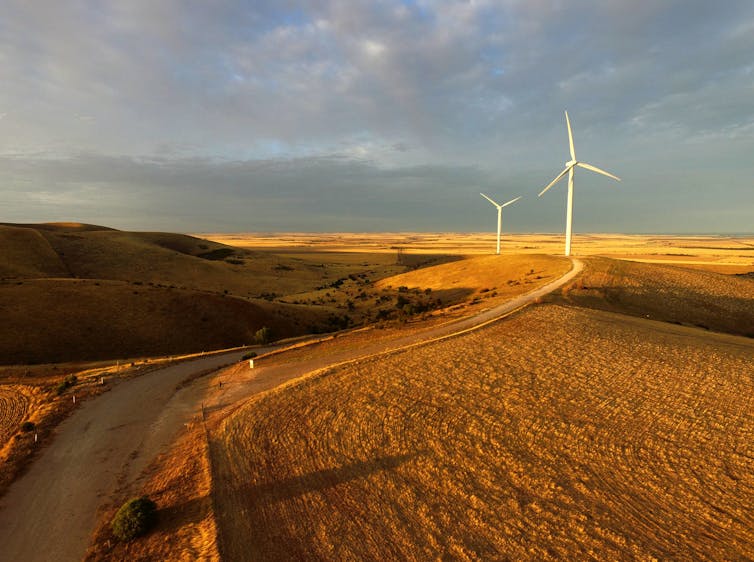
Much has been made of the COVID-19 lockdown cutting global carbon emissions. Energy use has fallen over recent months as the pandemic keeps millions of people confined to their homes, and businesses closed in many countries. Projections suggest global emissions could be around 5% lower in 2020 than last year.
What about Australia? Here we’ve seen sizeable reductions in electricity sector emissions, but mostly from the sustained expansion in solar and wind power rather than the lockdown.
That is good news. It means our electricity sector emissions will not bounce back once COVID-19 restrictions are lifted, as they might in other parts of the world.
But on the other hand, a prolonged recession could cloud the outlook for new investments in the power sector, including renewables.
What’s clear right now is this: COVID-19 restrictions matter far less to Australia’s power sector emissions this year than the shift away from coal and towards renewables.

Small Fall In Electricity Demand
We examined Australia’s National Electricity Market (NEM) in the seven weeks from March 16 (when national restrictions came into force) to May 4 this year. We compared the results to the same period in 2019.
The NEM covers all states and territories except Western Australia and the Northern Territory.
Total electricity demand was 3% lower during the first seven weeks of the lockdown, compared with the same period in 2019. About 2% of this was due to an actual fall in electricity use. The rest was due to extra rooftop solar panels installed since May 2019 which lowered demand on the grid.
Read more: Want an economic tonic, Mr Morrison? Use that stimulus money to turbocharge renewables
Some of the 2% reduction may be due to cooler weather this autumn, leading to lower air conditioning use.
So while COVID-19 restrictions have hammered the economy in recent weeks, they haven’t had a big effect on electricity use. Most industrial and business power use has continued uninterrupted. Most office buildings have not fully shut down, although many people are working from home and use more electricity there.
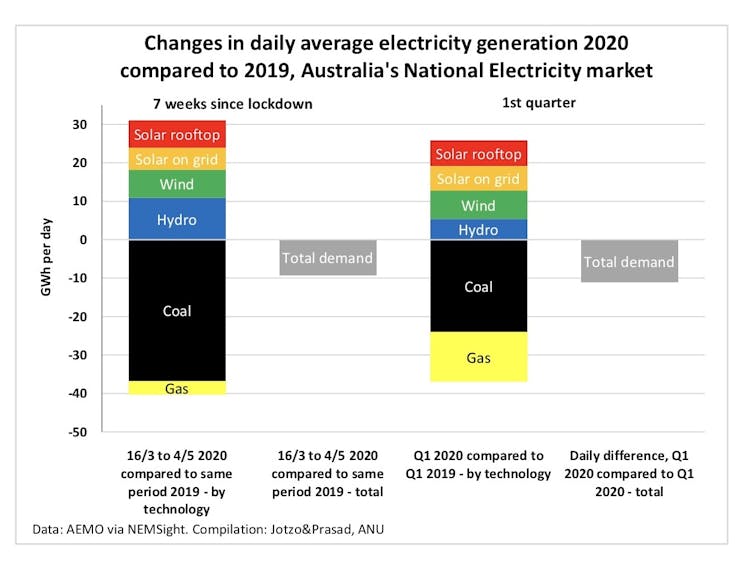
A Hefty Drop In Emissions
Despite the modest fall in electricity demand in the first seven weeks of lockdown, emissions fell substantially – by 8.5%. Comparing the first quarter of 2020 and 2019, emissions fell by 7%.
This is primarily because more renewable energy is now supplying the grid. Output from solar farms increased by 55% and from wind parks by 19% compared with the first quarter of 2019, reflecting massive amounts of new installed capacity coming online. Output from hydroelectricity increased by 18%, likely reflecting higher rainfall.
More renewables supply combined with falling demand means less output from fossil fuel power plants. Coal plant output fell 9% compared to the same period in 2019, entirely due to lower output by black coal plants in New South Wales and Queensland. Gas fired power output fell by 8%.
Electricity Prices Plunge
Meanwhile, wholesale prices in the NEM have fallen dramatically. The average price was 60% lower in the seven weeks since March 16 compared with the same period in 2019. A marked reduction in prices was evident from November 2019.
Why? One reason is that prices for natural gas are much lower and hence gas-fired power stations can make lower bids for electricity. Gas prices fell through much of 2019, and dropped further in the first quarter of 2020, associated with the pandemic-induced economic downturn. Gas plants often set the prices for everyone in the market, so this has a big effect on the market overall.
Read more: Don't worry: staying at home for months is unlikely to lead to an eye-watering electricity bill
Also, coal and hydropower plants lowered their bids in this more competitive environment.
The outlook for wholesale prices remains flat. Gas prices seem unlikely to rebound soon. More wind and solar power will come into the market and there is no underlying growth trend in electricity demand.
Relaxation of COVID-19 restrictions is unlikely to make a big difference. What may drive prices up once again is the next large coal plant closure. The last one to close was Victoria’s Hazelwood plant in 2017.

What Does This Mean For Coal And Renewables?
Low wholesale electricity prices are good for consumers – in particular industry, where the wholesale price is a bigger proportion of the total charges for electricity supply. On the flip side, they mean less money for power generators.
Across the National Electricity Market, revenue for generators was about A$160 million per week lower during the first seven weeks of lockdown compared to the same period in 2019.
This revenue fall makes coal plants less profitable, and makes life uncomfortable for plants with relatively high costs for fuel and maintenance. It’s likely to push older plants closer to closure.
Read more: Don't worry: staying at home for months is unlikely to lead to an eye-watering electricity bill
Lower prices also make investment in new renewable power less attractive. In recent years, average wholesale prices were well above the typical lifetime average costs of producing electricity from newly built solar and wind parks. There is also uncertainty around how prices will be set in power markets in the future, and how congestion of power transmission lines will be managed.
Nevertheless, the longer term prospects for renewables in Australia remain very good. Solar and wind power are the cheapest of all new generation technologies producing power, and solar power is expected to become even cheaper. A new coal-fired power plant, if one was ever built, would have far higher costs per megawatt hour. Costs for a nuclear plant would be higher still.
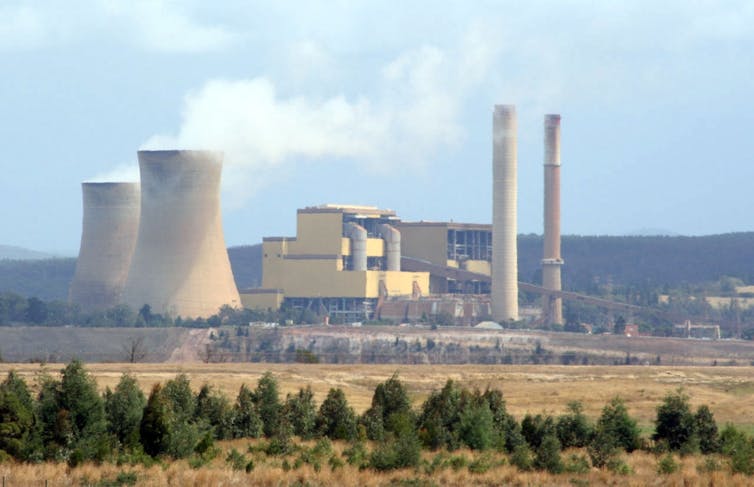
The Way Forward
The numbers show Australia does not need a painful recession to drive carbon emissions down. It needs sustained investment in new, clean technology.
The better the Australian economy recovers, the more private businesses will invest in new energy supply. But if the world falls into a deep and lasting recession, and the Australian economy with it, then the prospects for private investment in new power plants will suffer.
In that case, governments may be well advised to invest public funds in clean energy, more so than they have in the past.![]()
Frank Jotzo, Director, Centre for Climate and Energy Policy, Australian National University and Mousami Prasad, Research Fellow, Australian National University
This article is republished from The Conversation under a Creative Commons license. Read the original article.
It’s Official: Expert Review Rejects NSW Plan To Let Seawater Flow Into The Murray River
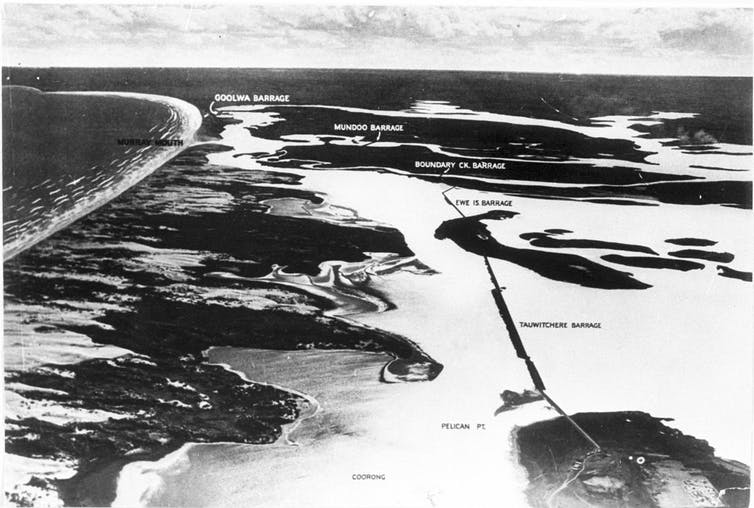
Centennial Coal Vastly Underestimates Carbon Emissions From Major Mine Projects Over 10 Years
No Drought-Proofing From New Dams
- raising Wyangala Dam on the Lachlan River
- building the Dungowan Dam on the Peel River
- building a dam on the Mole River near Tenterfield.
“To include a rule that automatically requires the water supply system to adjust to new record drought would potentially result in significant quantities of water being locked away from productive use.” [3]
Wyangala Dam
Water Sharing Plan for the Lachlan Regulated River Water Source 2020
Part 10 System Operation Requirements
Division 4 General System Operations Rules
58 Maintenance of water supply
(1) In this clause, the period of lowest accumulated inflows to the water source is identified by flow information held by the Department prior to 1 July 2004.
(2) The operator must operate the water supply system in such a way that water would be able to be supplied during a repeat of the period of lowest accumulated inflows to the water source,
Dungowan Dam
Water Sharing Plan for the Peel Regulated River Water Source 2020
Part 10 System Operation Requirements
Division 2 General System Operations Rules
52 Maintenance of water supply
(1) In this clause, the period of lowest accumulated inflows to the water source is identified by flow information held by the Department prior to 1 July 2010.
(2) The operator must operate the water supply system in such a way that water would be able to be supplied during a repeat of the period of lowest accumulated inflows to the water source
Mole River Dam
Water Sharing Plan for the NSW Border Rivers Regulated River Water Source 2020
Part 10 System Operation Requirements
Division 3 General System Operations Rules
57 Maintenance of water supply
(1) In this clause, the period of lowest accumulated inflows to the water source is identified by flow information held by the Department prior to 1 July 2009.
(2) The operator must operate the water supply system in such a way that water would be able to be supplied during a repeat of the period of lowest accumulated inflows to the water source
SOURCES
HV Operations To Pay $400,000 After Alleged Water Pollution From Mine
QLD Taxpayers Shouldn’t Subsidise Destructive CSG Expansion
Gunner Bills Territory Taxpayers Again To Subsidise Fracking Industry
Birding At Home In Pittwater
Thank you to everyone for staying at home as much as possible to stop the spread of the virus and save lives. We know self-isolation can be challenging and stressful at times so what we need right now is nature.
We can be so grateful that no matter where you live, you can still see birds and take comfort from them.
Please visit their new Birding at Home page to find out how you and your household can continue to enjoy the beauty of our feathered friends.
You'll find activities to occupy kids while our movements are restricted, links to our Autumn Birds in Backyards survey and Bird Finder, and information on how you can act to protect birds forever.
To help everyone who is now Birding at Home, they are also kicking off a regular live series on Facebook where our bird experts will be taking questions and talking about what we love best - birds.
Even if you are an expert birder, we encourage you to join in for a chat – and please spread the word to all the bird and nature lovers in your life.
P.S. They'll be having new bird experts every week to talk about a new topic, including Amanda Lilleyman in the NT on shorebirds and Holly Parsons to talk about bird friendly gardens. Make sure you have liked them on Facebook to get notifications and join in the talks.
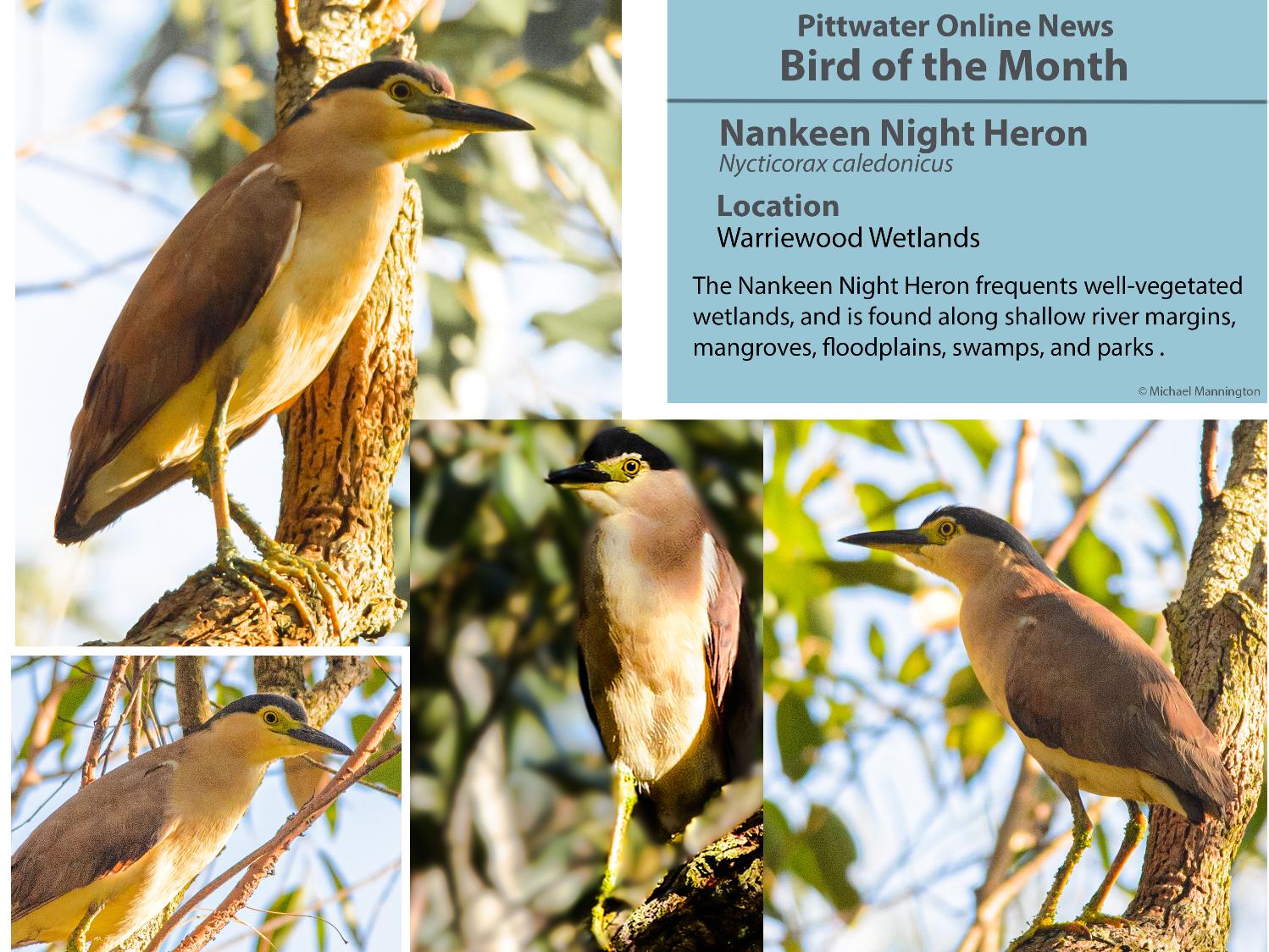
 New Shorebird Identification Booklet
New Shorebird Identification Booklet
The Migratory Shorebird Program has just released the third edition of its hugely popular Shorebird Identification Booklet. The team has thoroughly revised and updated this pocket-sized companion for all shorebird counters and interested birders, with lots of useful information on our most common shorebirds, key identification features, sighting distribution maps and short articles on some of BirdLife’s shorebird activities.
The booklet can be downloaded here in PDF file format: http://www.birdlife.org.au/documents/Shorebird_ID_Booklet_V3.pdf
Paper copies can be ordered as well, see http://www.birdlife.org.au/projects/shorebirds-2020/counter-resources for details.
Download BirdLife Australia's children’s education kit to help them learn more about our wading birdlife
Shorebirds are a group of wading birds that can be found feeding on swamps, tidal mudflats, estuaries, beaches and open country. For many people, shorebirds are just those brown birds feeding a long way out on the mud but they are actually a remarkably diverse collection of birds including stilts, sandpipers, snipe, curlews, godwits, plovers and oystercatchers. Each species is superbly adapted to suit its preferred habitat. The Red-necked Stint is as small as a sparrow, with relatively short legs and bill that it pecks food from the surface of the mud with, whereas the Eastern Curlew is over two feet long with a exceptionally long legs and a massively curved beak that it thrusts deep down into the mud to pull out crabs, worms and other creatures hidden below the surface.
Some shorebirds are fairly drab in plumage, especially when they are visiting Australia in their non-breeding season, but when they migrate to their Arctic nesting grounds, they develop a vibrant flush of bright colours to attract a mate. We have 37 types of shorebirds that annually migrate to Australia on some of the most lengthy and arduous journeys in the animal kingdom, but there are also 18 shorebirds that call Australia home all year round.
What all our shorebirds have in common—be they large or small, seasoned traveller or homebody, brightly coloured or in muted tones—is that each species needs adequate safe areas where they can successfully feed and breed.
The National Shorebird Monitoring Program is managed and supported by BirdLife Australia.
This project is supported by Glenelg Hopkins Catchment Management Authority and Hunter Local Land Services through funding from the Australian Government’s National Landcare Program. Funding from Helen Macpherson Smith Trust and Port Phillip Bay Fund is acknowledged.
The National Shorebird Monitoring Program is made possible with the help of over 1,600 volunteers working in coastal and inland habitats all over Australia.
The National Shorebird Monitoring program (started as the Shorebirds 2020 project initiated to re-invigorate monitoring around Australia) is raising awareness of how incredible shorebirds are, and actively engaging the community to participate in gathering information needed to conserve shorebirds.
In the short term, the destruction of tidal ecosystems will need to be stopped, and our program is designed to strengthen the case for protecting these important habitats.
In the long term, there will be a need to mitigate against the likely effects of climate change on a species that travels across the entire range of latitudes where impacts are likely.
The identification and protection of critical areas for shorebirds will need to continue in order to guard against the potential threats associated with habitats in close proximity to nearly half the human population.
Here in Australia, the place where these birds grow up and spend most of their lives, continued monitoring is necessary to inform the best management practice to maintain shorebird populations.
BirdLife Australia believe that we can help secure a brighter future for these remarkable birds by educating stakeholders, gathering information on how and why shorebird populations are changing, and working to grow the community of people who care about shorebirds.
To find out more visit: http://www.birdlife.org.au/projects/shorebirds-2020/shorebirds-2020-program
Weed Cassia Now Flowering: Please Pull Out And Save Our Bush
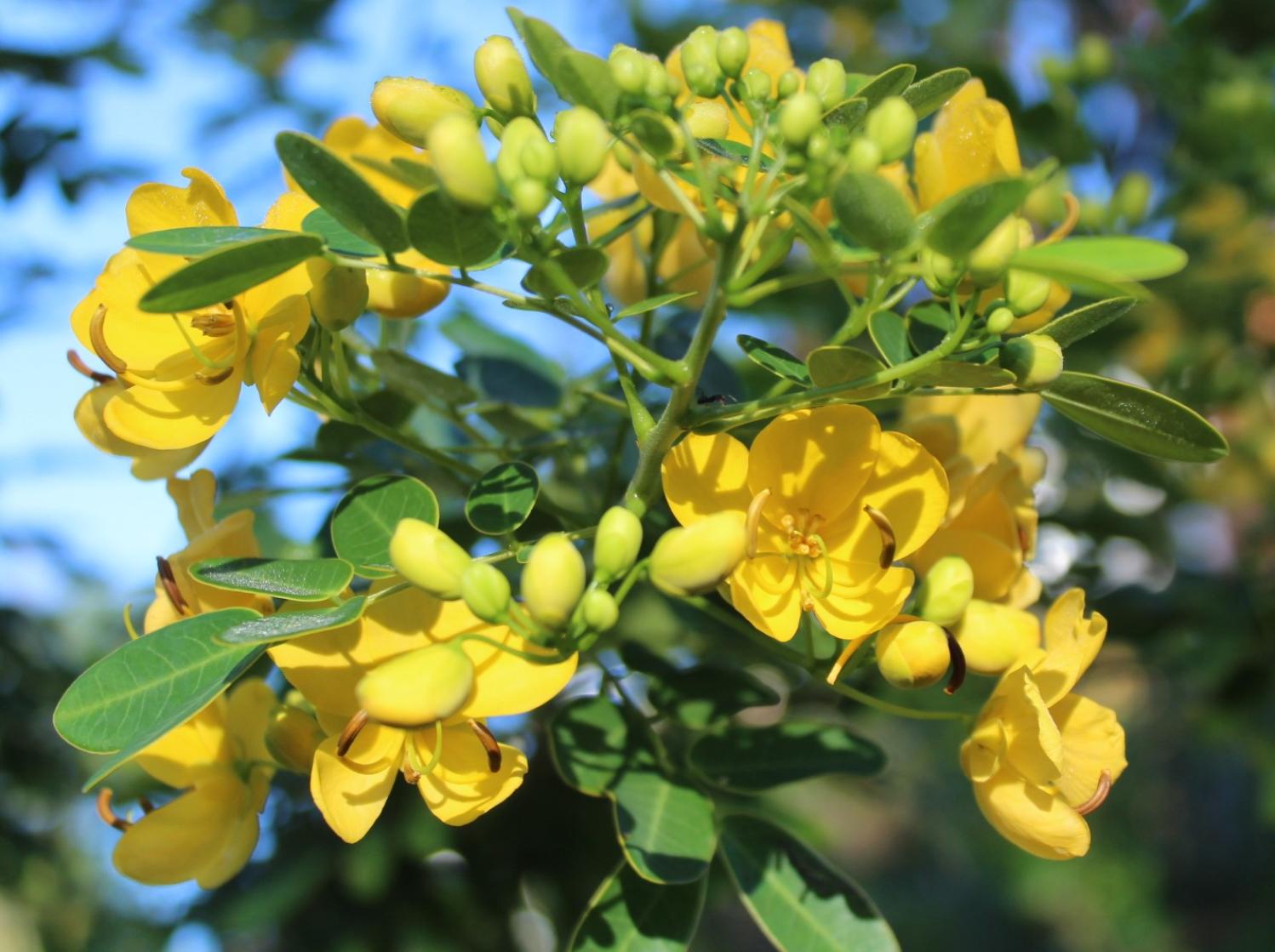
Please Help Sydney Wildlife Rescue: Donate Your Cans And Bottles And Nominate SW As Recipient
You can Help Sydney Wildlife help Wildlife. Sydney Wildlife Rescue is now listed as a charity partner on the return and earn machines in these locations:
- Pittwater RSL Mona Vale
- Northern Beaches Indoor Sports Centre NBISC Warriewood
- Woolworths Balgowlah
- Belrose Super centre
- Coles Manly Vale
- Westfield Warringah Mall
- Strathfield Council Carpark
- Paddy's Markets Flemington Homebush West
- Woolworths Homebush West
- Caltex Concord road Concord West
- Bondi Campbell pde behind Beach Pavilion
- Westfield Bondi Junction car park level 2 eastern end Woolworths side under ramp
- UNSW Kensington
- Enviro Pak McEvoy street Alexandria.
Every bottle, can, or eligible container that is returned could be 10c donated to Sydney Wildlife.
Every item returned will make a difference by removing these items from landfill and raising funds for our 100% volunteer wildlife carers. All funds raised go to support wildlife.
It is easy to DONATE, just feed the items into the machine select DONATE and choose Sydney Wildlife Rescue.
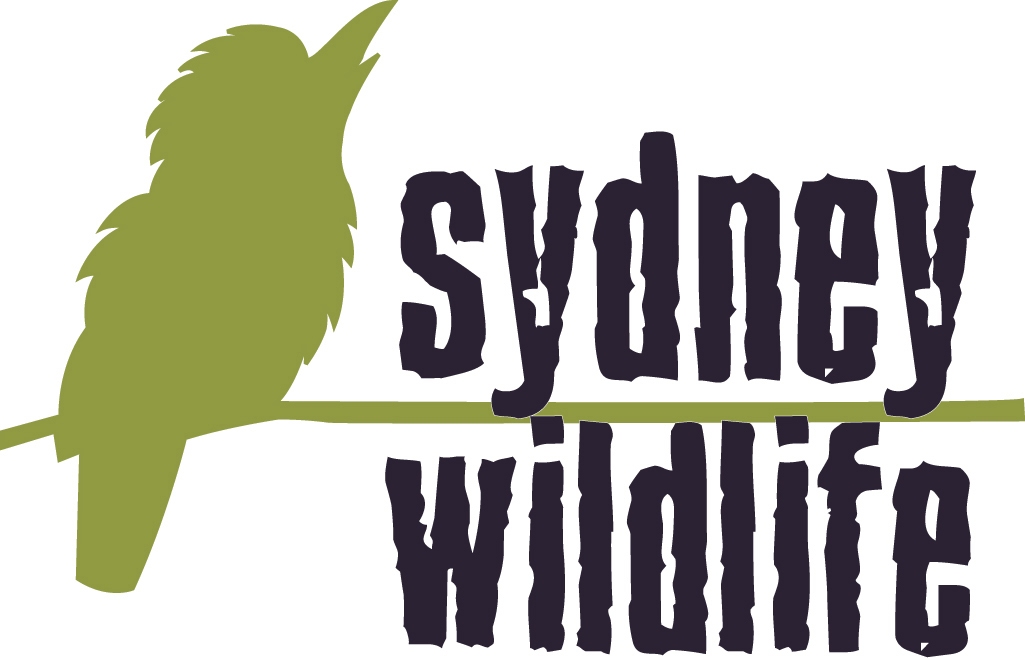
Bushcare In Pittwater
Where we work Which day What time
Avalon
Angophora Reserve 3rd Sunday 8:30 - 11:30am
Avalon Dunes 1st Sunday 8:30 - 11:30am
Avalon Golf Course 2nd Wednesday 3 - 5:30pm
Careel Creek 4th Saturday 8:30 - 11:30am
Toongari Reserve 3rd Saturday 9 - 12noon (8 - 11am in summer)
Bangalley Headland 2nd Sunday 9 to 12noon
Bayview
Winnererremy Bay 4th Sunday 9 to 12noon
Bilgola
North Bilgola Beach 3rd Monday 9 - 12noon
Algona Reserve 1st Saturday 9 - 12noon
Plateau Park 1st Friday 8:30 - 11:30am
Church Point
Browns Bay Reserve 1st Tuesday 9 - 12noon
McCarrs Creek Reserve Contact Bushcare Officer To be confirmed
Clareville
Old Wharf Reserve 3rd Saturday 8 - 11am
Elanora
Kundibah Reserve 4th Sunday 8:30 - 11:30am
 Mona Vale
Mona Vale Mona Vale Beach Basin 1st Saturday 8 - 11am
Mona Vale Dunes 2nd Saturday +3rd Thursday 8:30 - 11:30am
Newport
Bungan Beach 4th Sunday 9 - 12noon
Crescent Reserve 3rd Sunday 9 - 12noon
North Newport Beach 4th Saturday 8:30 - 11:30am
Porter Reserve 2nd Saturday 8 - 11am
North Narrabeen
Irrawong Reserve 2nd Saturday 2 - 5pm
Palm Beach
North Palm Beach Dunes 3rd Saturday 9 - 12noon
Scotland Island
Catherine Park 2nd Sunday 10 - 12:30pm
Elizabeth Park 1st Saturday 9 - 12noon
Pathilda Reserve 3rd Saturday 9 - 12noon
Warriewood
Warriewood Wetlands 1st Sunday 8:30 - 11:30am
Whale Beach
Norma Park 1st Friday 9 - 12noon
Western Foreshores
Coopers Point, Elvina Bay 2nd Sunday 10 - 1pm
Rocky Point, Elvina Bay 1st Monday 9 - 12noon
Gardens And Environment Groups And Organisations In Pittwater
Pittwater Reserves
Aussie Bread Tags Collection Points

The Whales Are Back!
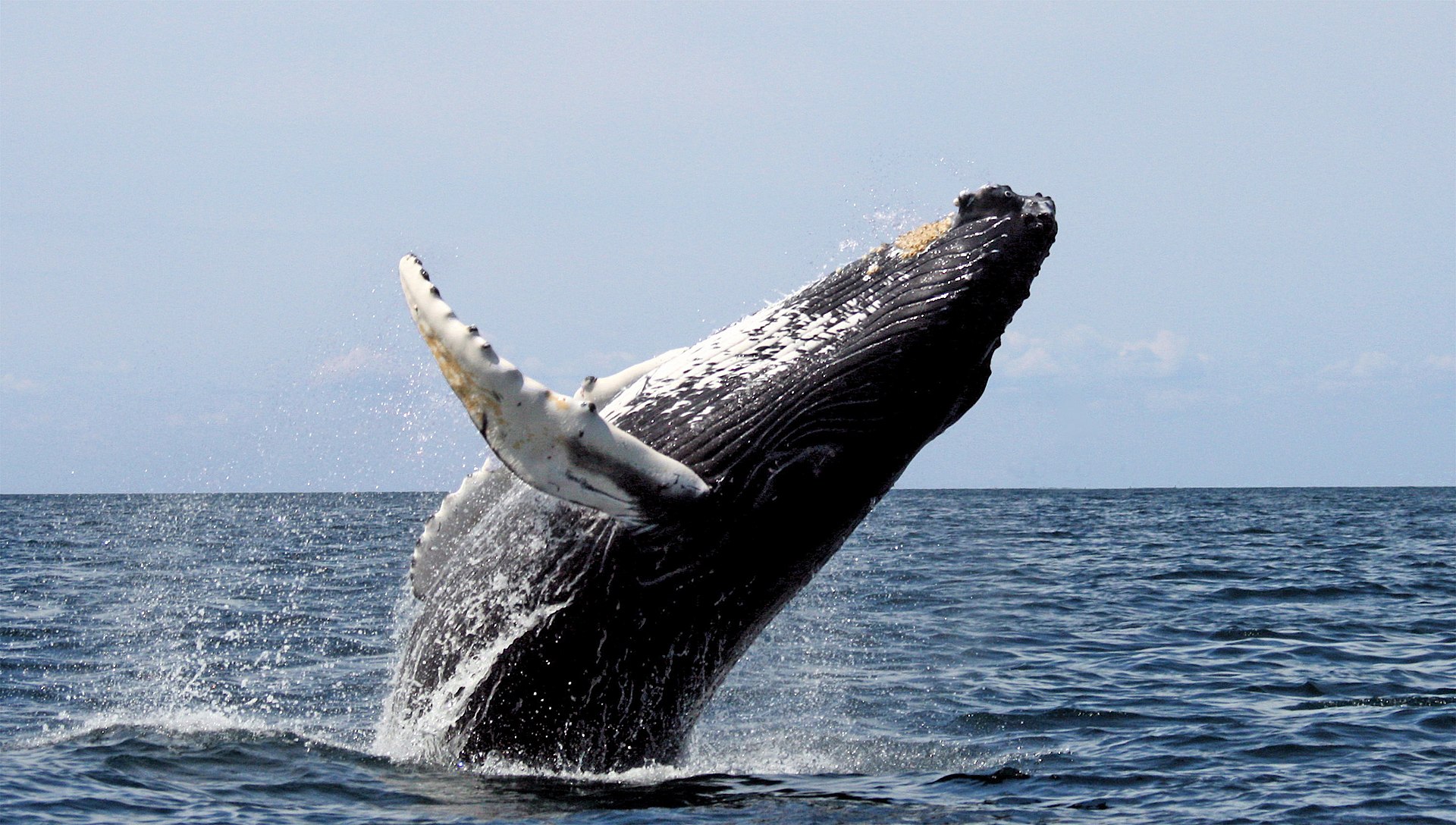
BirdLife Australia 2020 Photo Comp
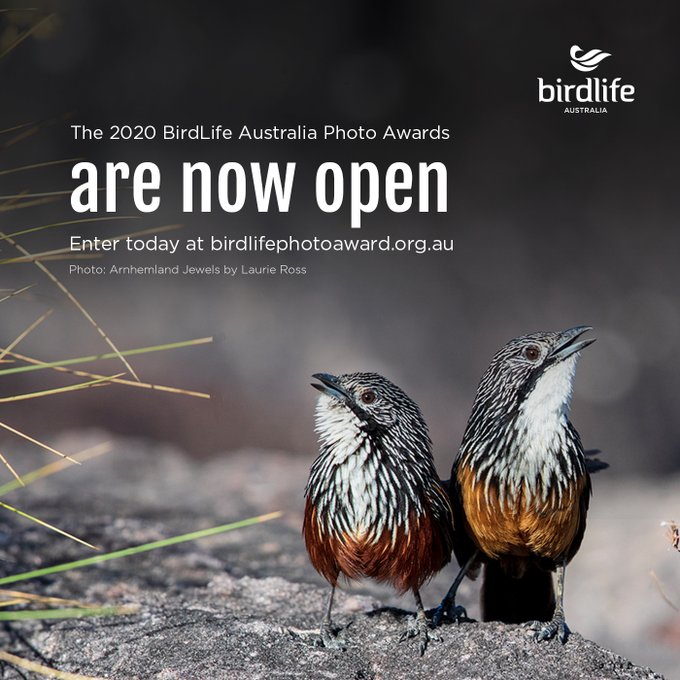
Postcard Pen Pals! An Opportunity For Older People To Reconnect
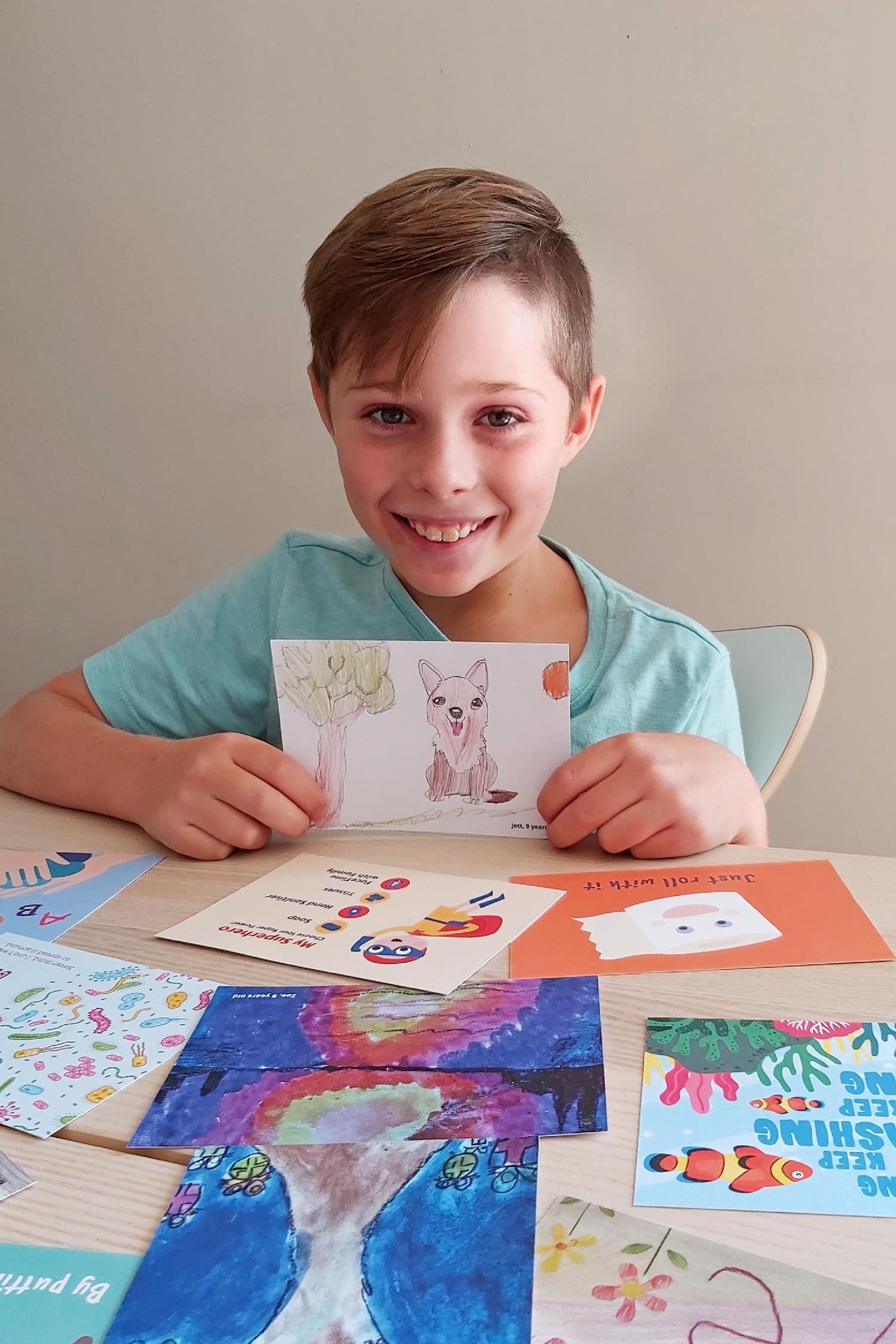
Jett Butcher is ready to send postcards!
Last month Pittwater Onloine News ran a Notice regarding one of the great initiatives commenced locally to connect generations.
Called 'Postcard Pen Pals', the Northern Beaches Dementia Friendly Community, in collaboration with Your Side Australia, were seeking a way to bring young and old together again through an intergenerational pen pal program.
''We are looking for kids and older people who would like to send and receive postcards in the Northern Beaches.'' the Notice read
In a time where older people are required to social distance, the Northern Beaches Dementia Alliance and Your Side Australia have developed an intergenerational program to reconnect older people with our community through a Pen Pal Project.
The Postcard Pen Pals Project matches older people over the age of 65 with children and young people under 18 in the area. Participants are provided with everything they need to write to each other including beautifully designed postcards, envelopes, stamps and a short biography introducing them to their new pen pal.
Many of the postcards have been designed by local children.
The Northern Beaches Dementia Alliance have been running intergenerational programs with schools and aged care facilities since 2018 but had to cancel all face-to-face programs as a result of COVID-19.
Ilsa Bird, the project manager for the Postcard Pen Pals Project says,
“Because we are unable to deliver our programs right now, our desire is to create intergenerational connection while still maintaining social distance. We want children to rediscover the lost art of written communication outside of digital mediums and provide an opportunity for older people to share their life story and wisdom with our kids. It is about bringing joy and being excited to receive a postcard in the mailbox.”
Jett Butcher is a 9 year old local boy and is getting ready to send his first postcards.
He says, “I’m looking forward to writing postcards because it will show people that someone is thinking about them and that will make them happy.”
The program organisers are currently seeking older people in the community and aged care homes to become pen pals with local children in the Northern Beaches.
If you are over 65 and you would like to become a pen pal with a local child, or if you would like to register on behalf of someone over 65, email dementiafriendly@yourside.org.au
Here's a few examples of the great art work you may receive:


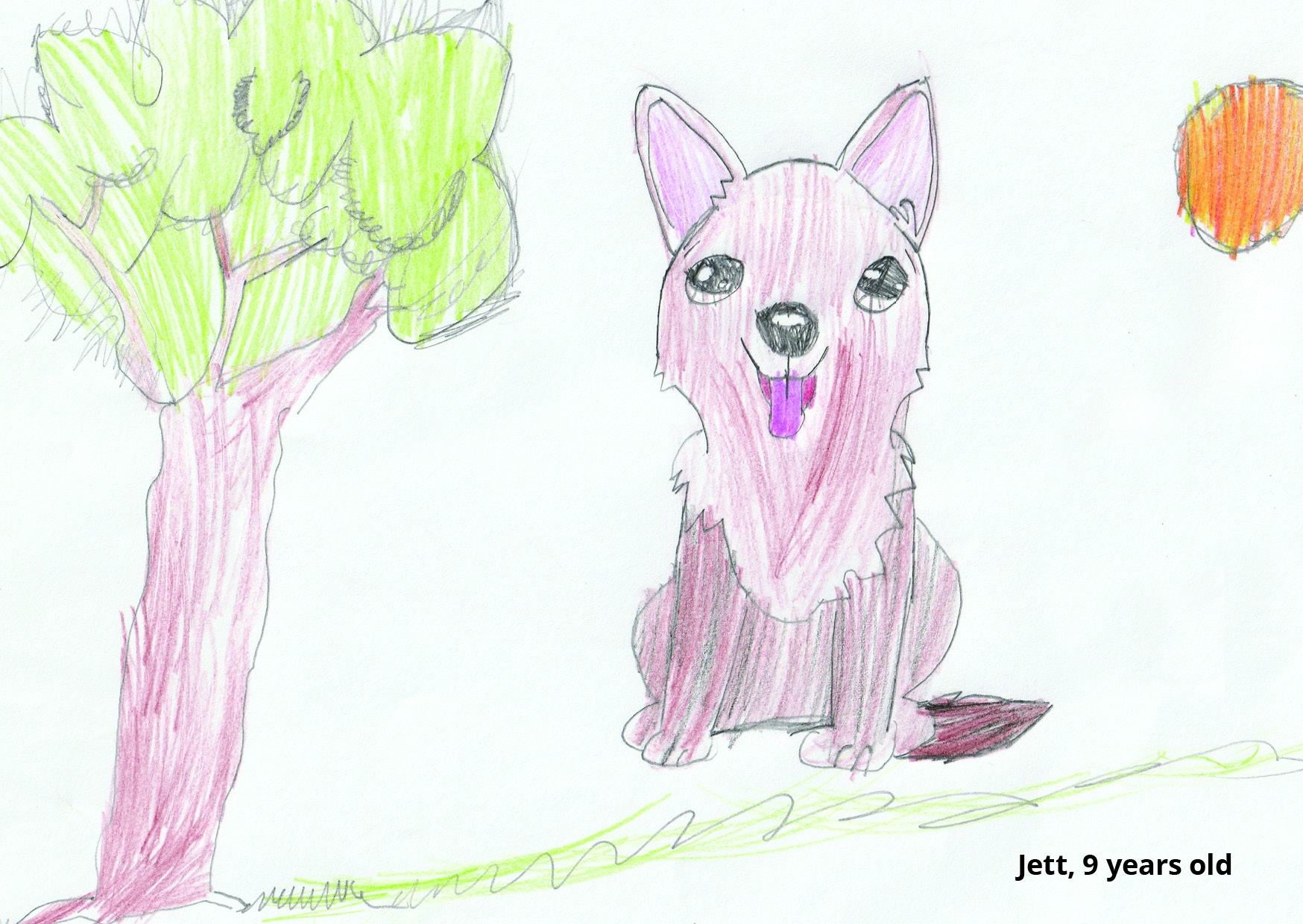
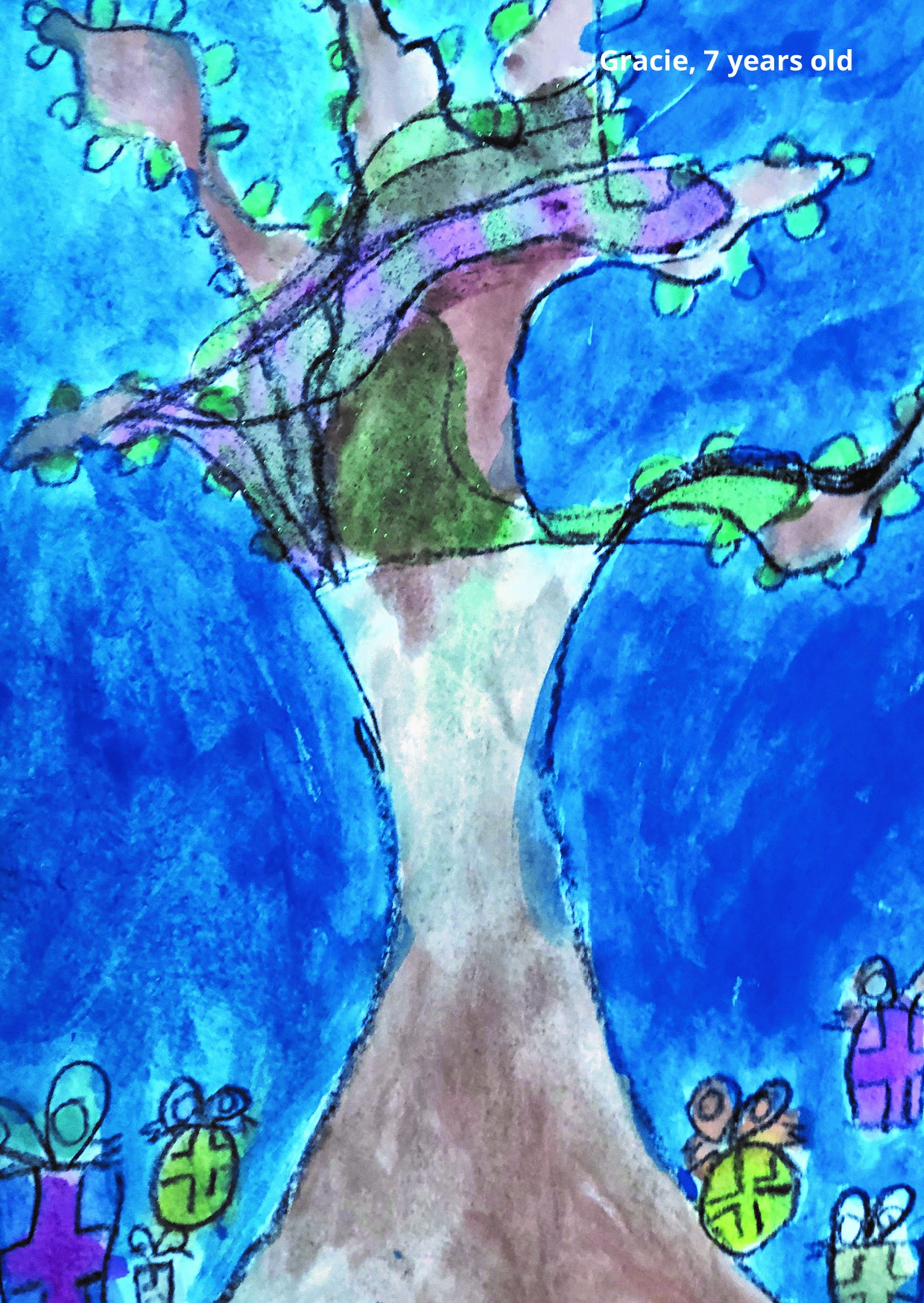
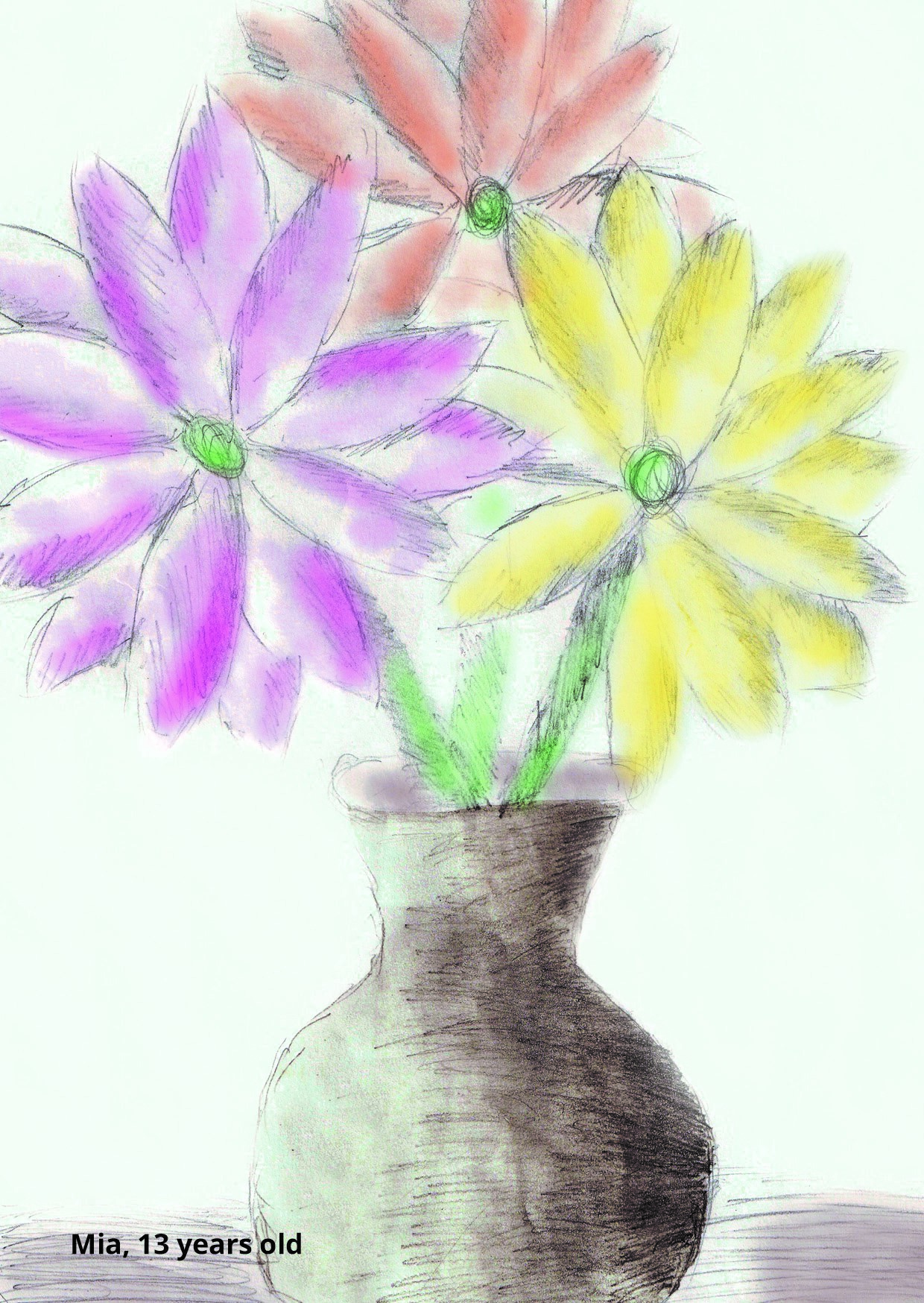

Young Writers' Competition 2020
Splash through puddles, hear a suspicious splash or have your face splashed across the news... How will you make a splash?
The Northern Beaches Young Writers' Competition 2020 is now open!
Write an original story using this year's theme word 'splash' for a chance to be published as an author in a library eBook.
The competition is open to students up to and including year 12 who live or go to school on the Northern Beaches and are members of the Northern Beaches library service.
How to enter:
Complete the online entry form and attach your story as a Word document. If your story is hand-written, then a clear, readable photo or scanned PDF can be submitted. All entries must be submitted by 8pm, Wednesday 10 June.
Not a member of the library? Don't worry, we will use this form to create a membership for you. Just mark 'no' under the library member field in the online form. If you are a member and unsure of your library card number, just mark 'yes' in the library member field in the online form and we will find your library membership number.
About the competition:
Entries will be judged according to characterisation, originality, plot and use of language and will be arranged into six different age group categories.
Winners from each category will have their stories published in an eBook that will be added to our collection.
For more information, please email our Library Programs team or call 9976 1739.
Want some inspiration? Check out the 2019 Young Writers' Competition winning entries in the eBook Wild.
.JPG.opt958x751o0,0s958x751.jpg?timestamp=1588283649436)
9 Reasons You Should Be Worried About The Closure Of BuzzFeed News In Australia
May 14, 2020
By Alexandra Wake; Program Manager, Journalism, RMIT University
The closure of the Australian arm of the youth-focused news organisation, BuzzFeed, is more evidence the advertising-supported media landscape is broken.
It’s a sad end for a news organisation that launched in 2014 with an ambition to shake up Australia’s hyper-concentrated media market.
Here are nine things Australians who care about journalism, and the state of our democracy, should know.
1. BuzzFeed is not the only online outlet to flounder here
Some, such as HuffPost, started strong but then struggled. Others, such as The Global Mail and The Hoopla, failed pretty quickly.
But other digital offerings are surviving: these include Crikey, which came along in 2000, Mamamia (2007), The Conversation (2011), Guardian Australia (2013), The Saturday Paper (2014) and The New York Times (2017).
2. By grouping popular viral content and excellent journalism together, BuzzFeed created a disconnect
Due to the co-location of its popular and quality journalism, at the same time as BuzzFeed was being nominated for Pulitzer Prizes in the United States and the Walkley Awards in Australia, it also struggled with trust. The 2019 Canberra University Digital News Report survey found BuzzFeed was the country’s least trusted news brand.
3. BuzzFeed had been on shaky ground for a while
BuzzFeed cut about 200 staff globally in January 2019 amid a worldwide savings push. The Australian arm of BuzzFeed lost 11 of its 40 staff at the time.
4. BuzzFeed Australia has been home to many high-profile journalists
Since launching under founding editor Simon Crerar, it has employed its fair share of talented (and sometimes controversial) journalists who have broken significant stories and covered issues in innovative, unusual ways.
Lane Sainty was nominated for a Walkley Award for her coverage of the marriage equality debate, while Gina Rushton’s work on abortion is seen as contributing to last year’s decriminalisation in NSW.
Before recently running into trouble at the Financial Times, Mark Di Stefano was noted for his innovative coverage of Australian politics, including interviewing former foreign minister Julie Bishop by emoji.
5. It needed advertising dollars to survive
Like other digital natives, BuzzFeed relied on advertisements for its funding. It also leaned heavily on digital platforms (such as Google and Facebook) for website referrals.
BuzzFeed used social media posts extensively as a means of reaching audiences, and has over 2.5 million Facebook “likes”. As Australia’s 2019 Digital Platforms Inquiry reported, when Facebook changed its algorithm to prioritise posts from family and friends, BuzzFeed Australia really felt the change.
6. It went after younger readers
Although BuzzFeed attracted sneers from traditional news lovers for its fun “listicles” and viral videos on social media, it set out to attract a youth market.
It also won respect from peers in traditional media outlets.
Even Australian journalism royalty Laurie Oakes noted in a speech at the University of Sydney: “I’m not going to complain if cat videos support serious journalistic aspirations.”
7. But those younger readers didn’t pay
There’s an old news adage that audiences will take more of what they need to know from those that give them what they want to know.
By providing non-news content alongside their journalism, BuzzFeed won attention from youth audiences to stories in a way other news outlets couldn’t.
Unfortunately, audiences prefer to pay for streaming services rather than news, as the 2019 Digital News Report found.
8. BuzzFeed covered stories others would not do, or did them in a way others would not
It recognised the importance of covering federal politics for young people. And it broke major stories, such as former employment minister Michaelia Cash’s office tipping off the media about union raids.
Although this also came at a cost. It reached an out of court settlement with former Labor MP Emma Husar in 2019, after she sued BuzzFeed for defamation.
It should not have been as innovative as it was, but BuzzFeed also specifically employed Indigenous journalists Allan Clarke and Amy McQuire to cover Indigenous issues.
9. This is the last thing Australia needs
As many noted on Twitter as the news broke, the last thing Australia needs right now is fewer media outlets, especially those that focus on stories overlooked by everyone else.
On days like today, we should be mindful that recent parliamentary and government inquiries have recommended other ways of supporting independent journalism.
These include adequate funding for public broadcasting, expanding tax deductible provisions for donations to media outlets and forcing Google and Facebook to compensate media outlets for using their content.
If we don’t figure out how to pay for strong independent journalism in Australia, our nation will most certainly be the loser.
BuzzFeed News Background Notes
BuzzFeed News is an American news website published by BuzzFeed. It has published a number of high-profile scoops, including the Trump–Russia dossier, for which it was heavily criticized. During its relatively short tenure, it has won the George Polk Award, Sidney Award, National Magazine Award and National Press Foundation award, as well as being a finalist for Pulitzer Prizes.
BuzzFeed News began as a division of BuzzFeed in December 2011 with the appointment of Ben Smith as editor-in-chief. In 2013, Pulitzer Prize winner Mark Schoofs of ProPublica was hired as head of investigative reporting. By 2016, BuzzFeed had 20 investigative journalists. The British division of BuzzFeed News was headed by Janine Gibson, formerly of The Guardian. Notable coverage includes a 2012 partnership with the BBC on match-fixing in professional tennis, and inequities in the U.S. H-2 guest worker program, reporting of which won a National Magazine Award.
A 2017 study in the journal Journalism which compared news articles by BuzzFeed and The New York Times found that BuzzFeed largely follows established rules of journalism. Both publications predominantly used inverted pyramid news format, and journalists' opinions were absent from the majority of articles of both.
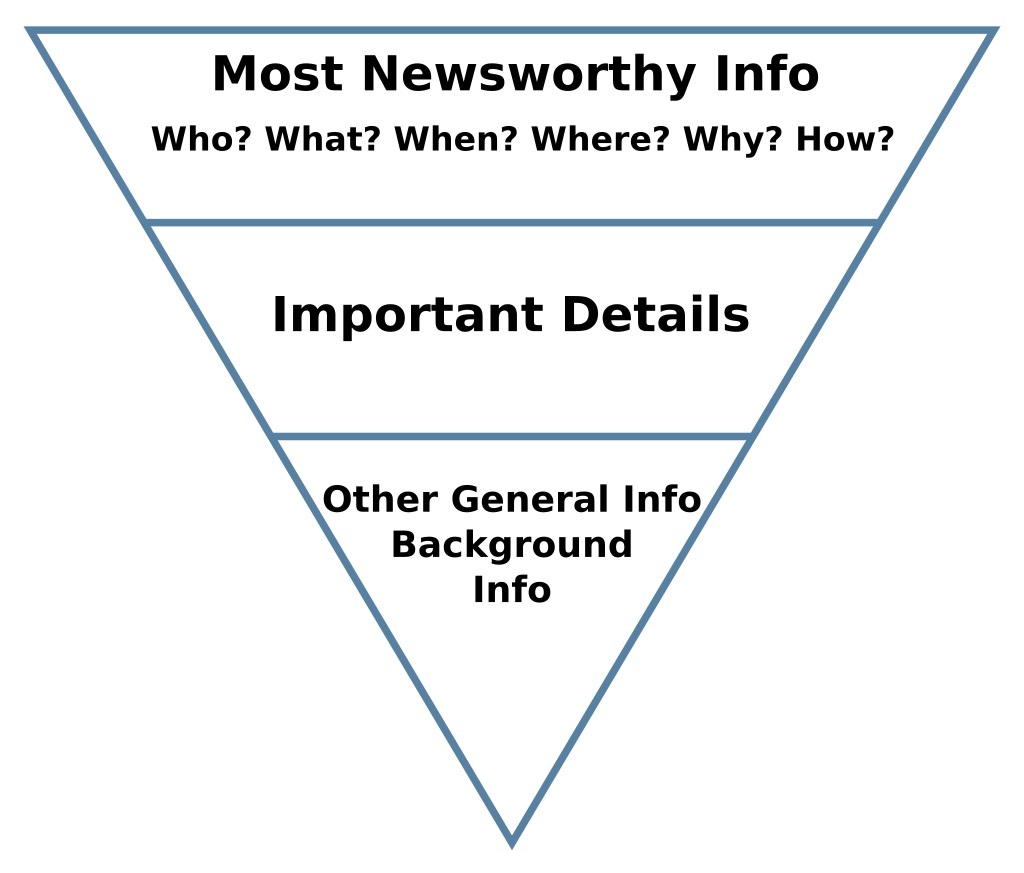
The inverted pyramid method visualised
Both BuzzFeed and the Times predominately covered government and politics, and predominantly used politicians, government, and law enforcement as sources. In contrast, BuzzFeed devoted more articles to social issues such as protests and LGBT issues, more frequently quoted ordinary people, less frequently covered crime and terrorism, and had fewer articles focusing on negative aspects of an issue.
As recently as 2016, the company had attracted a valuation of as much as $1.7billion.
On January 23, 2019, BuzzFeed notified all employees via memo that there would be an upcoming 15% reduction in workforce affecting the international, web content, and news divisions of the company. The layoffs would affect approximately 200 employees.
The advertising slump brought on by the coronavirus has hastened the end of what was an already struggling business model. In January 2020 founder Jonah Peretti posted a 2,500-word blog laying out plans to diversify the ailing business’s revenue streams. He had previously publicly raised the prospect of merging with other digital publishers in order to gain the scale to fight on more equal terms with the likes of Facebook and Google, which dominate the digital advertising market.
Less than a year later, three of the companies Peretti referred to as potential partners had done deals: Vice, which has a more male-focused audience, acquired Refinery29, which targets millennial females, to create a $4bn publishing group. Vox bought New York Media, which owns sites including Vulture and The Cut, to build scale.
In December 2019 it became apparemt that BuzzFeed’s international operations, non-US businesses including the UK, Germany, Australia and Brazil, had seen losses quadruple in 2018. International revenues fell by 35%, according to the most recently available public filings. In the same year BuzzFeed cut a third of its UK newsroom staff.
At the same time BuzzFeed News began asking readers to “help shape the future” of its content through donations, a similar model to that used by the Guardian. The support page, promoted at the bottom of news stories, asked for donations of $5 to $100 to diversify away from a reliance on advertising revenues. The move was described at the time as a way of keeping “BuzzFeed News free for everyone”.
Two days ago the company announced it will end its news operations in the UK and Australia;
“For economic and strategic reasons, we are going to focus on news that hits big in the United States during this difficult period,” the company said in a statement.
One of thew last Australian reports by an Australian journalist was published the day before, May 13th, 2020: The Staffer Who Called Out News Corp's Climate Change Coverage In A Reply-All Email Doesn't Regret A Thing by Gina Rushton, BuzzFeed News Reporter, Australia
A song in your heart shouldn't lead to an infection in your lungs: reasons to get with online choirs
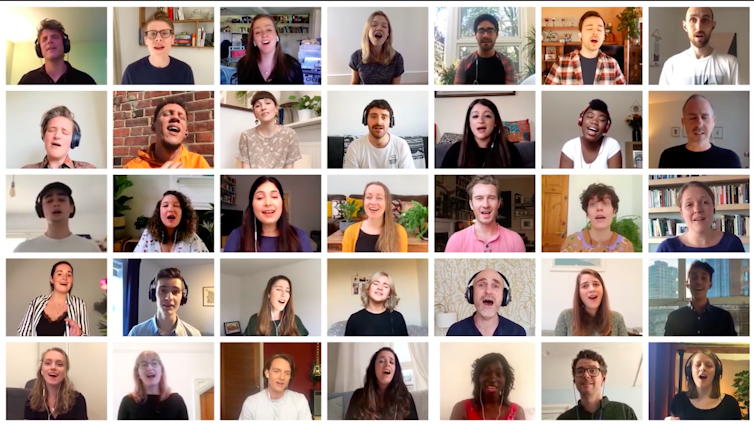
On March 10 2020, Skagit Valley, Washington – a town with no known cases of COVID-19 – held a choir rehearsal. There was hand sanitiser at the door, no direct contact between choristers, no-one coughed or was ill.
Out of the 60 choristers in attendance, at least 53 became ill and two have died from COVID-19 complications.
On March 8, a 130-person choir performed at the Concertgebouw in the Netherlands. Four people associated with the choir died, and 102 fell sick.
German churches are reopening but regulating public singing after 59 out of 78 singers at a March rehearsal of the Berlin’s Protestant cathedral choir were infected with coronavirus.
Singers are highly attuned to the dangers of respiratory illness because of its impact on the voice, with inflammation and excess mucus impacting vocal quality. Despite this natural hyper-vigilance, choirs have been super-spreaders of coronavirus.
Ear, nose and throat specialist Dr Lucinda Halstead, speaking to America’s National Association of Teachers of Singing, has proposed a ban on choral singing until there is a vaccine and treatment with 95% efficacy in place. In her estimates, this is between 18-24 months away.
Singers inhale more air and exhale at greater air and moisture volume than speakers. Singing produces six times the amount of airborne droplet nuclei (aerosolised virus particles which can remain suspended in the air) compared with speech.
Live ensemble singing presents a higher health risk for coronavirus. Safe singing may require larger spaces and protocols than are possible in practice.
Dr William Schaffner, professor of infectious diseases at Vanderbilt University, advises avoiding singing in groups. He told Business Insider: “We don’t want people doing voice lessons, even standing eight-and-a-half feet apart.”
Online Benefits
Choirs rehearsing online without specialised equipment may notice a 15-20 millisecond latency. Try to sing a song together with your friends on Zoom and you will experience this hilarious and frustrating problem.
But brilliant visual creations of multiple singers can hide this. The best choir videos are edited together to sync performances and give the appearance of ensemble singing.
A virtual choir can:
maintain an existing choir by recording and editing individual sung parts to combine voices and visuals into the appearance of ensemble singing
allow members to practise singing, as musical skills require repetitive practice
maintain community while social isolation is a real danger
improve mood and “immune competence”
support musicians through paying conductors.
Returning To Group Rehearsals
As social restrictions ease, choirs will need to consider the conditions to return to safe rehearsals, following government advice for the general population.
Enhanced distancing measures for singers should be considered, including:
separation of singers – having members stand further apart and applying direction principles to minimise aerosol, droplet and touch transmission
using internal spaces with natural airflow (no air conditioning or re-circulation), or outside spaces with natural air circulation
limiting participants.
Choirs could find innovative locations to achieve these aims. Singing in an environment with natural resonance such as a beautiful outback chasm could create special experiences for choirs without losing quality or sacrificing health. Such imperfect live magic could supplement the online magic of virtual choirs.
Live choirs could also wait. Medical advice is to avoid singing in close proximity until further research has been done or the pandemic is controlled. While choristers need close proximity for part recognition, creating blend and a raft of well-being measures, these weigh heavily against health risks.![]()
Narelle Yeo, Senior Lecturer in Voice and Stagecraft, Sydney Conservatorium of Music, University of Sydney
This article is republished from The Conversation under a Creative Commons license. Read the original article.
The healing power of data: Florence Nightingale's true legacy
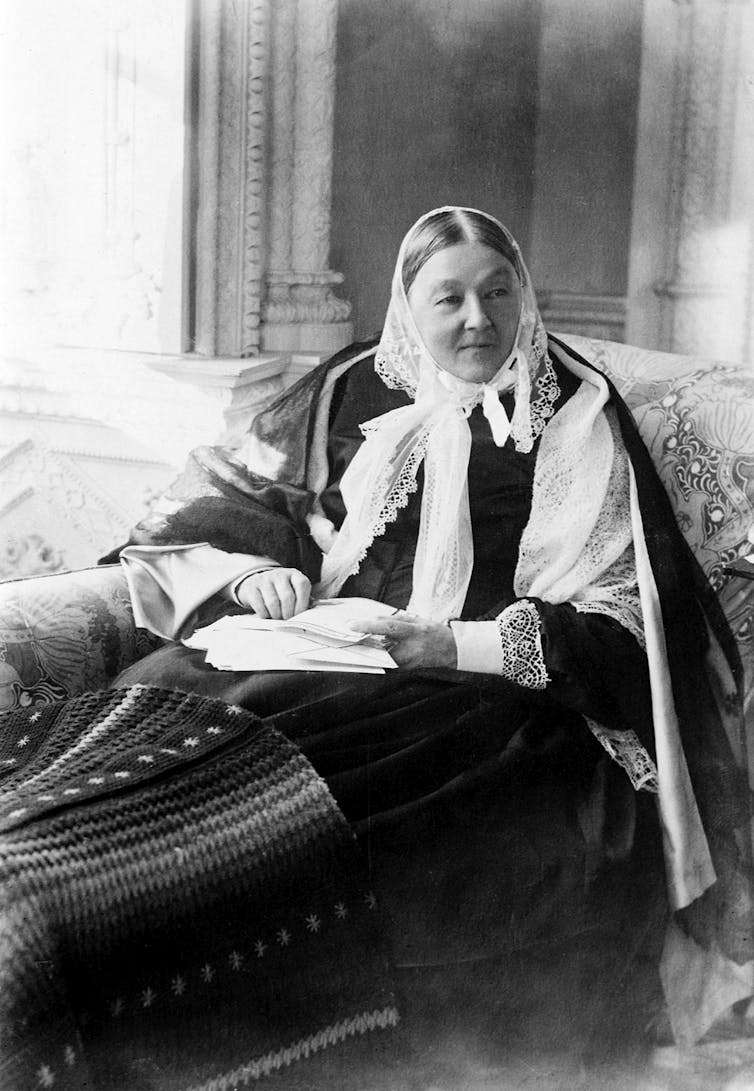
When you’re in a medical emergency, you don’t typically think of calling a statistician. However, the COVID-19 outbreak has shown just how necessary a clear understanding of data and modelling is to help prevent the spread of disease.
One person understood this a long time ago. Were she alive today, Florence Nightingale would understand the importance of data in dealing with a public health emergency.
Nightingale is renowned for her career in nursing, but less well known for her pioneering work in medical statistics. But it was actually her statistical skills that led to Nightingale saving many more lives.
Read more: Florence Nightingale: a pioneer of hand washing and hygiene for health
An Early Spark
Nightingale was one of the first female statisticians. She developed an early passion for statistics. As a child she collected shells and supplemented her collection with tables and lists. Nightingale was home-schooled by her father but insisted on learning maths from a mathematician before she trained as a nurse.

Upon arriving at the British military hospital in Turkey in 1856, Nightingale was horrified at the hospital’s conditions and a lack of clear hospital records.
Even the number of deaths was not recorded accurately. She soon discovered three different death registers existed, each giving a completely different account of the deaths among the soldiers. Using her statistical skills, Nightingale set to work to introduce new guidelines on how to record sickness and mortality across military hospitals.
This helped her better understand both the numbers and causes of deaths. Now, worldwide, there are similar standards for recording diseases, such as the International Classification of Diseases.
Outbreak Monitoring
The ability to compare datasets from different places is critical to understanding outbreaks. One of the challenges in monitoring the COVID-19 pandemic has been the lack of standardised datasets experts can compare on the number of people infected. This is due to differences in testing rules in different countries.
More than 150 years after Nightingale pointed out the need to standardise datasets before comparing them, we are certain she would have something to say about this.
Read more: From election upsets to climate chaos, rolling the dice helps us appreciate the odds
With her improved data, Nightingale put her statistical skills to use. She discovered deaths due to disease were more than seven times the number of deaths due to combat, because of unsanitary hospital conditions.
However, knowing numbers alone have limited persuasive powers, Nightingale used her skills in statistical communication to convince the British parliament of the need to act. She avoided the dry tables used by most statisticians of the time, and instead devised a novel graph to illustrate the impact of hospital and nursing practice reform on army mortality rates.

Today, graphs remain one of the most effective ways to understand the effects of health care interventions, including those used to illustrate the effectiveness of physical distancing to curb COVID-19’s spread.

Florence Nightingale Down Under
Nightingale may not have travelled much after her wartime experience in Turkey, but she was engaged in improving public health in many countries, including Australia.
She wrote papers on the benefits of pavilion-style hospital building designs, which were later incorporated into Australian hospitals. This style consists of small wings, or pavilions, leading off a central corridor – this is convenient for nursing staff and encourages good ventilation.
In 1868, Lucy Osburn headed the first team of nurses sent to Australia to establish Nightingale-style nursing. One of the team’s first tasks was to nurse Prince Alfred, Queen Victoria’s second son, who had been shot in an attempted assassination.
Nightingale never visited Australia herself, but this did not stop her using her usual tactics of requesting data from her wide network of contacts and drawing conclusions from what she found. She was a prolific correspondent – we have more than 12,000 of her letters, and those are only the ones which haven’t been burned, lost or otherwise destroyed.
Nightingale would surely have embraced 21st-century communication. We can imagine her sitting at her laptop tweeting under the moniker @ladywiththelamp.
A Trailblazer For Women
In 1858, Nightingale’s achievements in statistics were recognised by the Royal Statistical Society in the UK, when she became the first woman Fellow of the Society.
After Nightingale’s fellowship, it would be more than 100 years before a woman was elected President of the Royal Statistical Society, with Stella Cunliffe’s election in 1975. It was only in 1995 that the Statistical Society of Australia had a woman as president, with the election of Helen MacGillivray.
As in many STEM (Science, Technology, Engineering and Mathematics) disciplines, female statisticians are still fighting for equal recognition. To date, only two women have received the Statistical Society of Australia’s highest honour, the Pitman Medal.
But it’s clear female statisticians are still making headway. In 2019, five major statistical associations had women presidents. Today, on her 200th birthday, Nightingale would have been proud.![]()
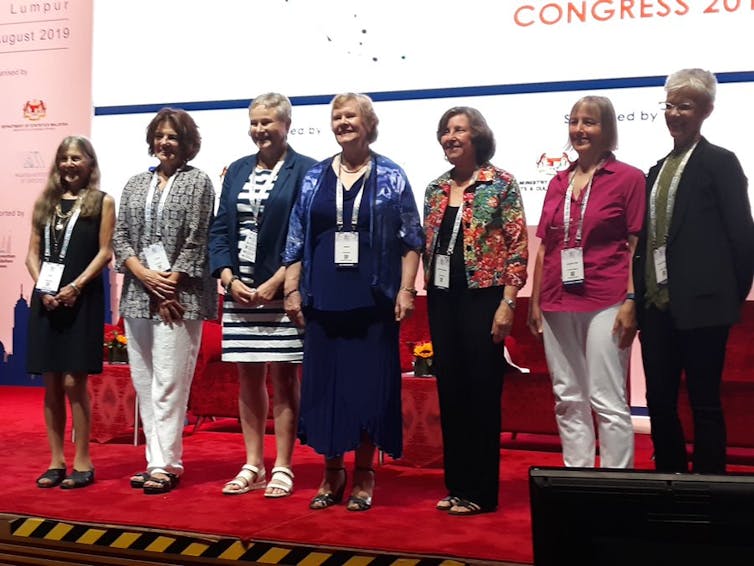
Alice Richardson, Associate professor, Australian National University; Jessica Kasza, Senior lecturer, Monash University, and Karen Lamb, Biostatistician, University of Melbourne
This article is republished from The Conversation under a Creative Commons license. Read the original article.
New Emergency Leave Provision For Aged Care Residents
Aerobics May Be A Smart Workout For Your Brain At Any Age
Social Good Creates Economic Boost
A Steam Train Passes
QUT Staff Awarded Associate Fellow (Indigenous)
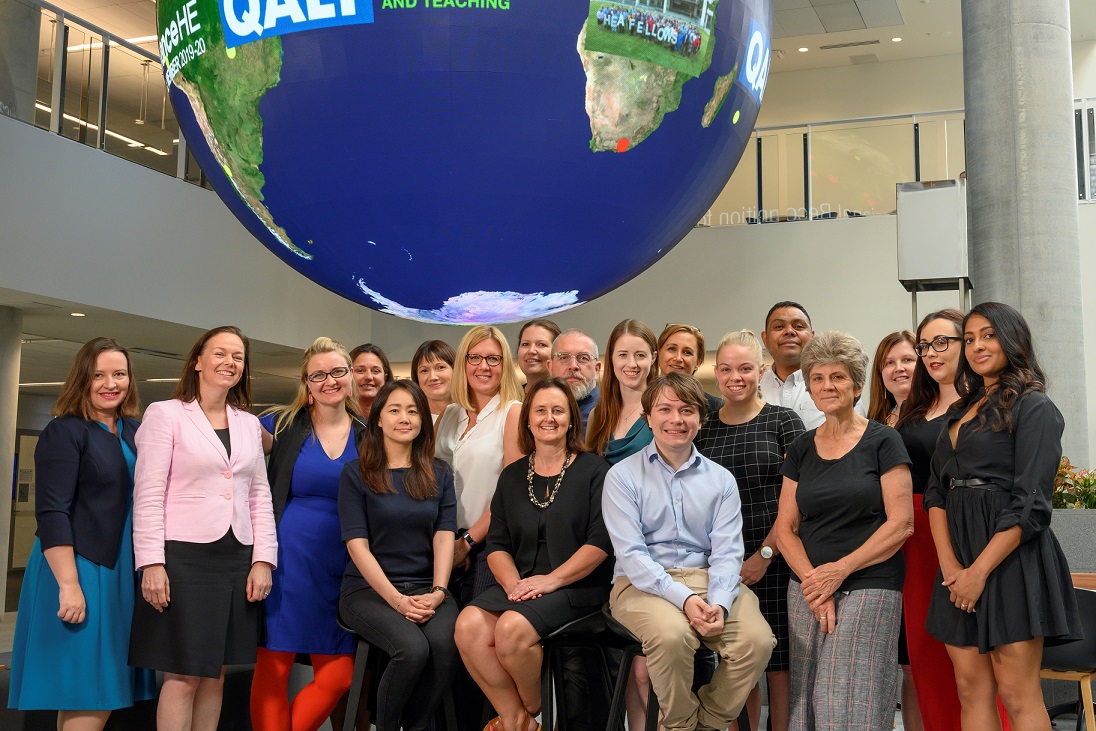
World-First Saliva Test Detects Hidden Throat Cancer
Potentially Fatal Combinations Of Humidity And Heat Are Emerging Across The Globe
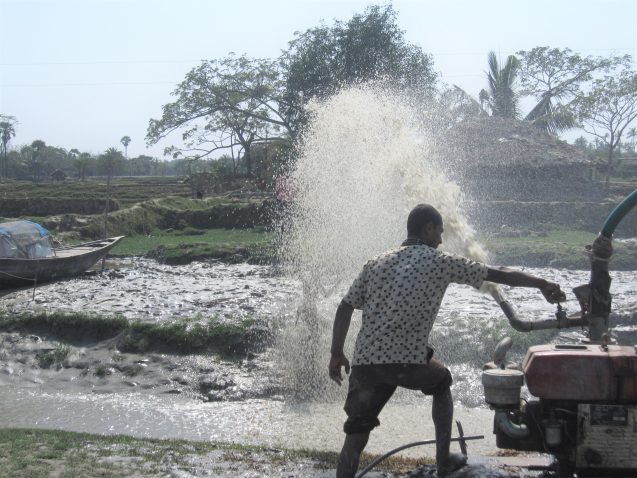
Disclaimer: These articles are not intended to provide medical advice, diagnosis or treatment. Views expressed here do not necessarily reflect those of Pittwater Online News or its staff.